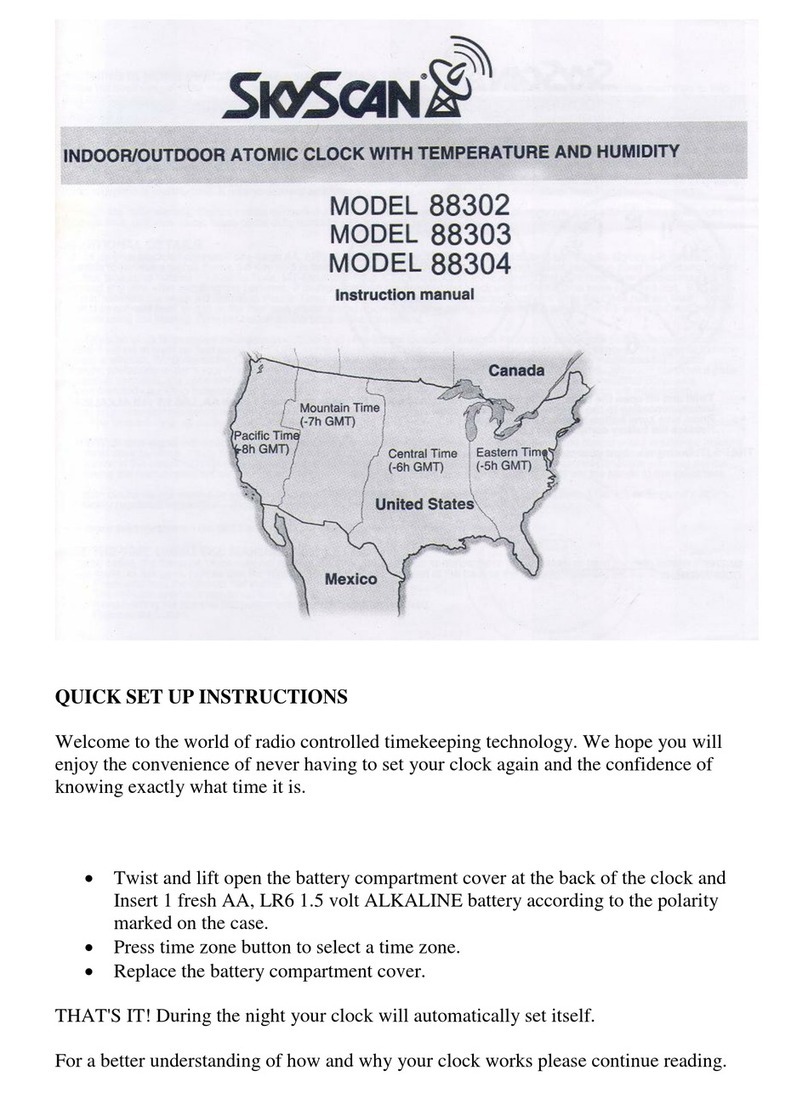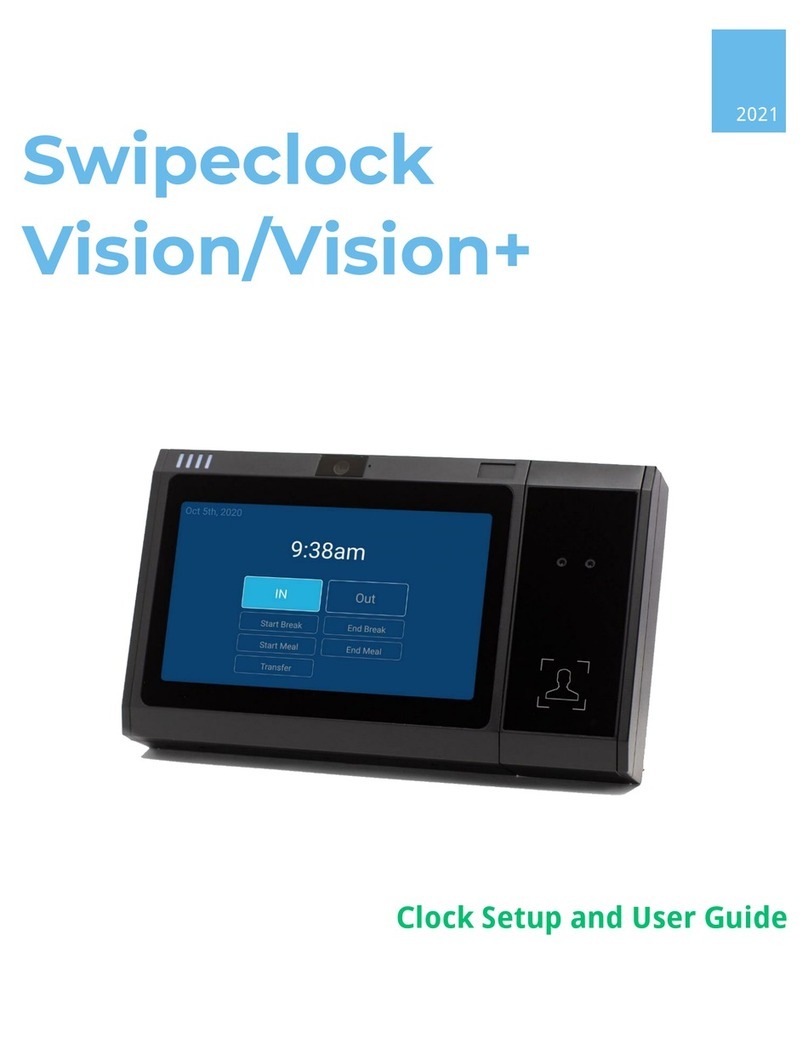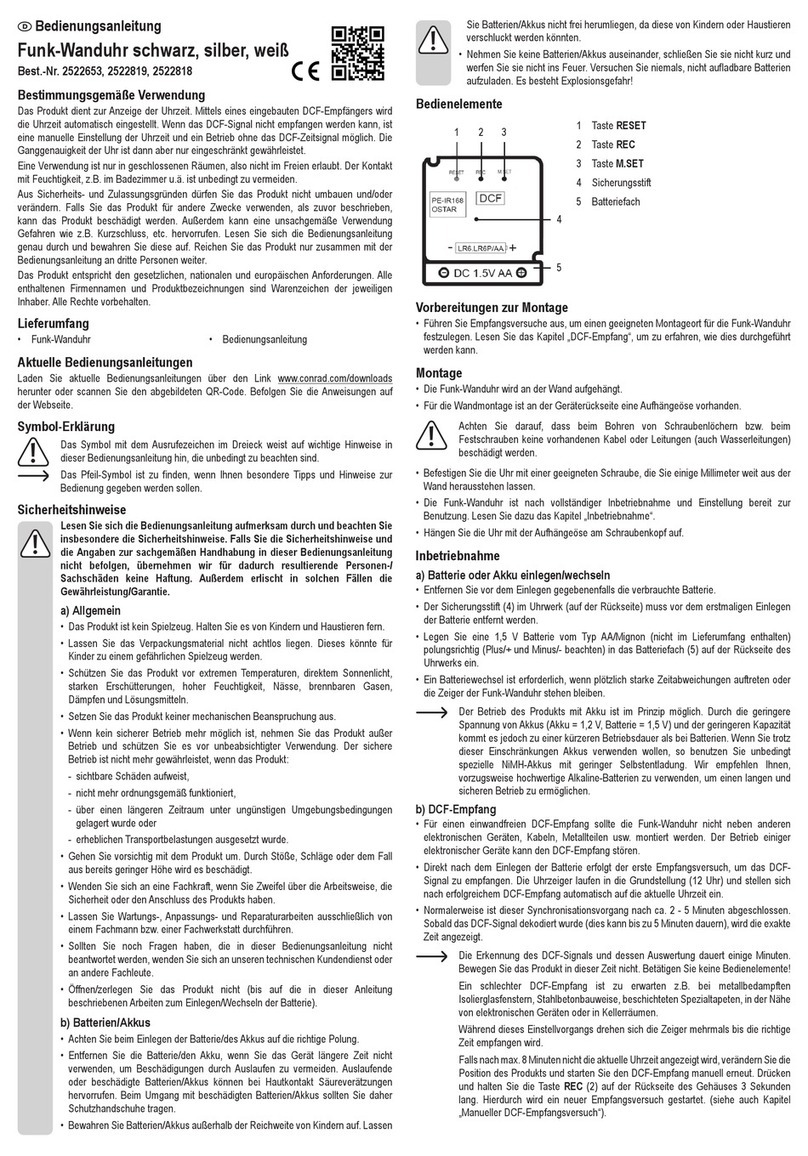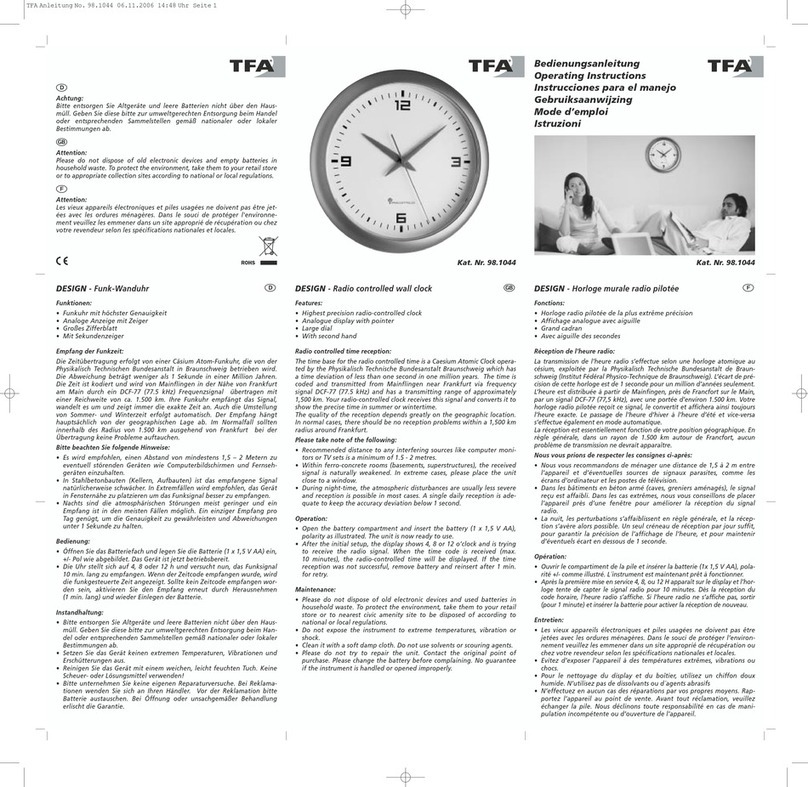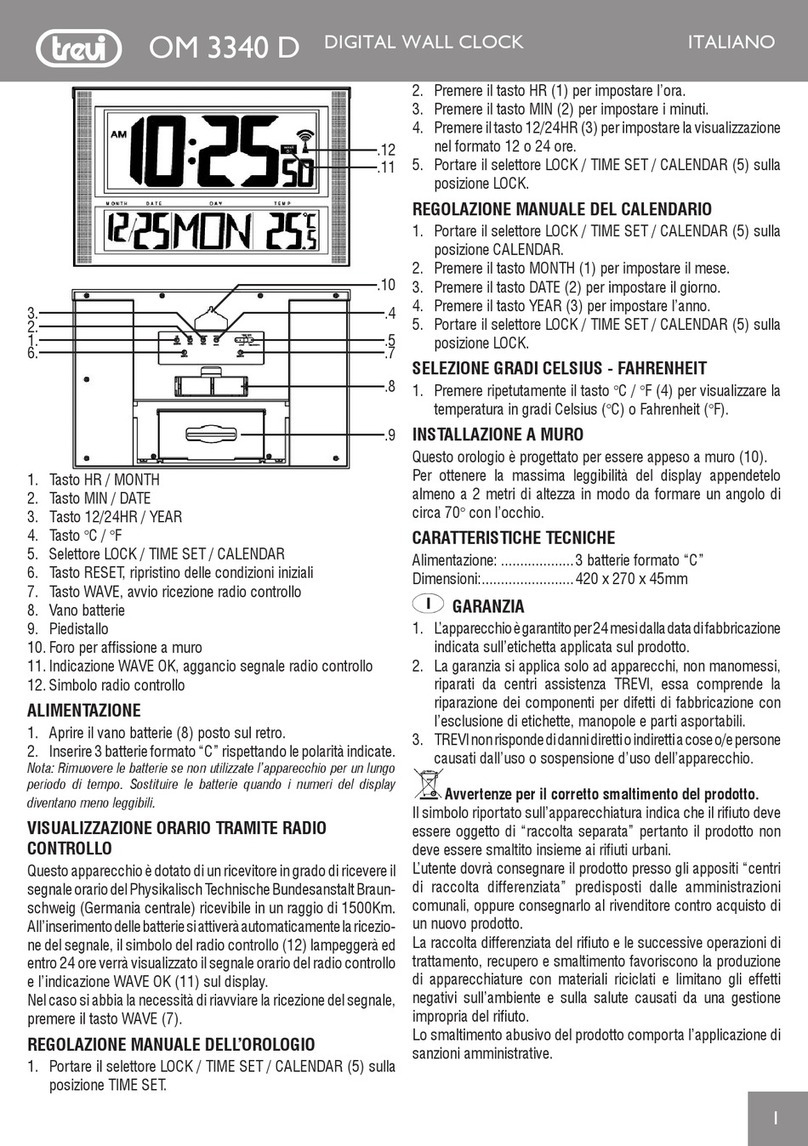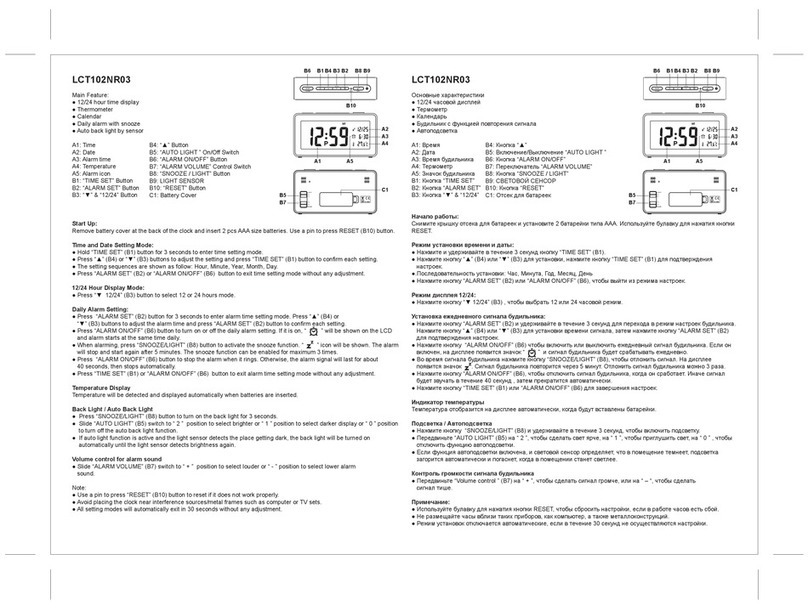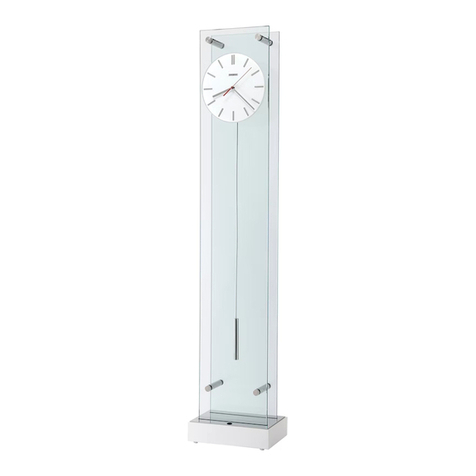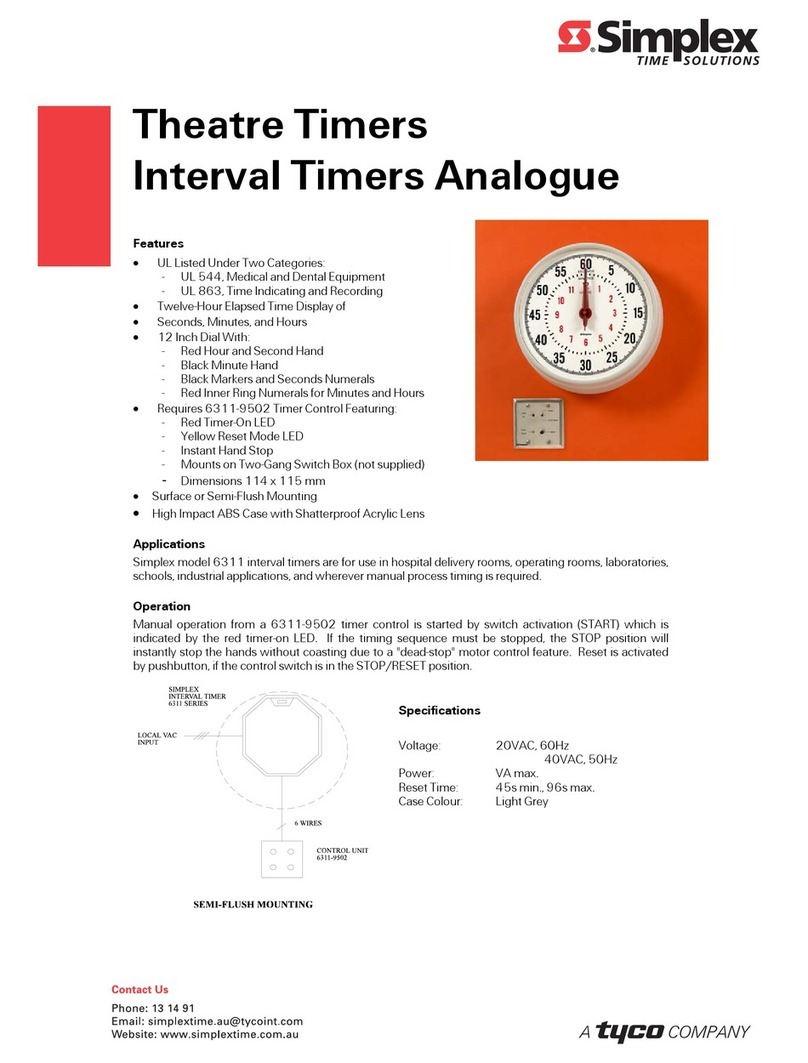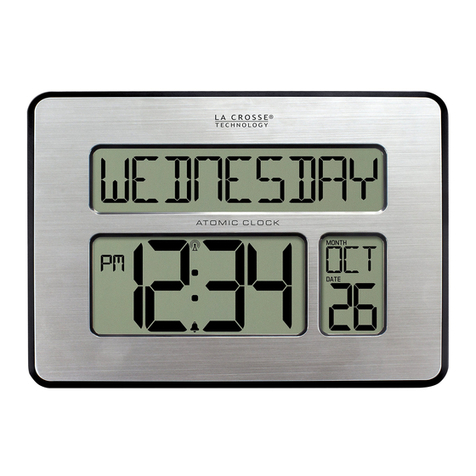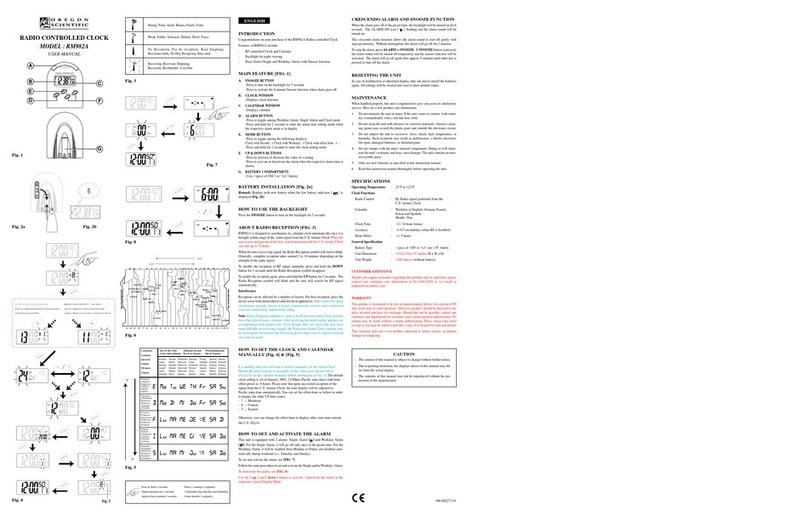SkyScan 88900 User manual
















Table of contents
Other SkyScan Clock manuals
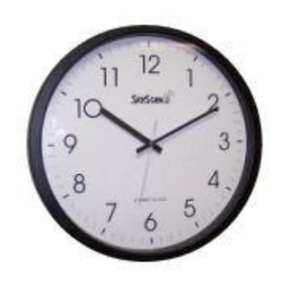
SkyScan
SkyScan 28600 Manual

SkyScan
SkyScan 84062 User manual

SkyScan
SkyScan 28500 User manual

SkyScan
SkyScan 88825 User manual
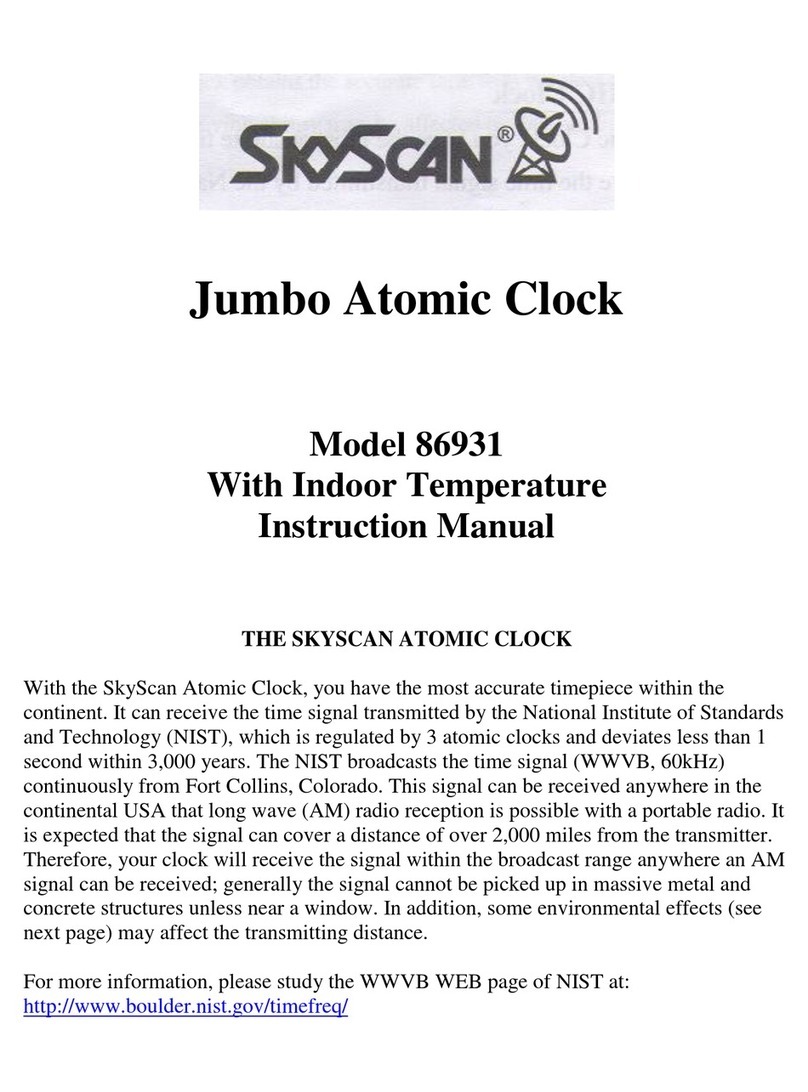
SkyScan
SkyScan Jumbo Atomic Clock 86931 User manual
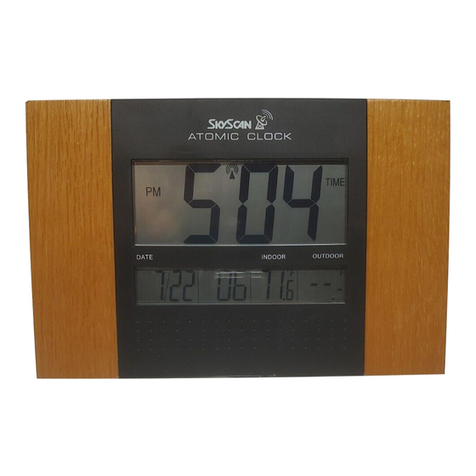
SkyScan
SkyScan 86722 User manual

SkyScan
SkyScan 28500 Manual
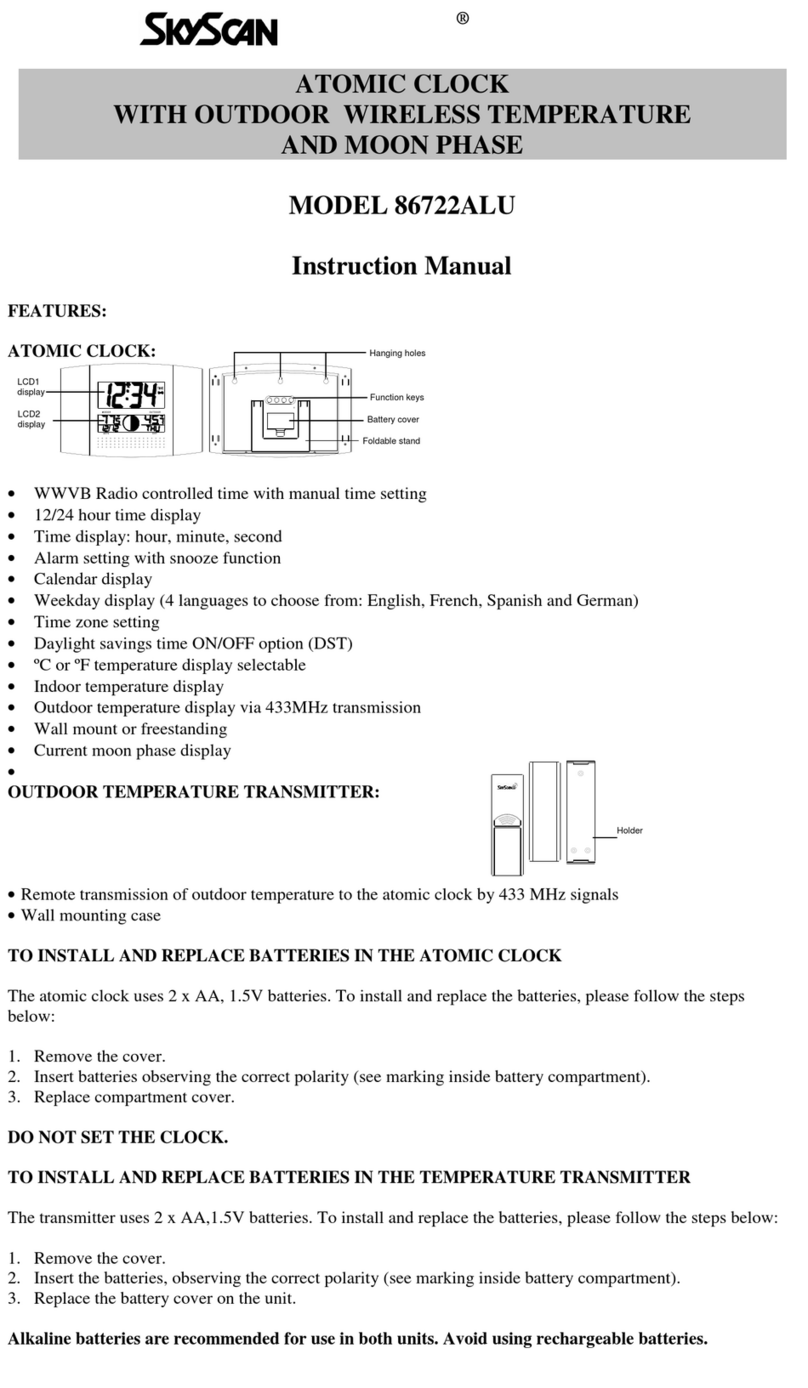
SkyScan
SkyScan 86722ALU User manual
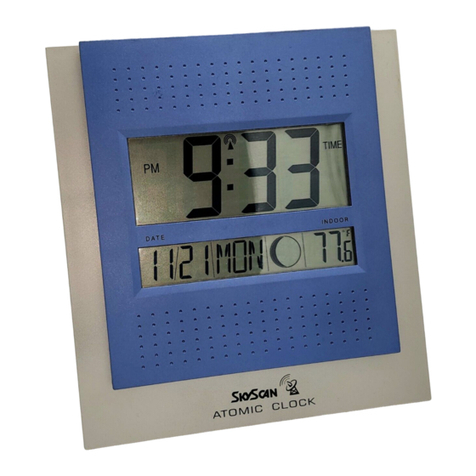
SkyScan
SkyScan 86715 User manual
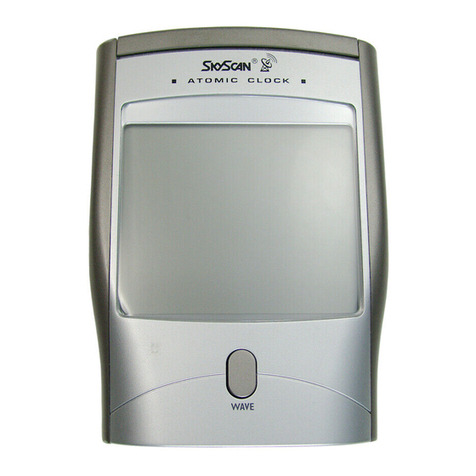
SkyScan
SkyScan 31704 User manual
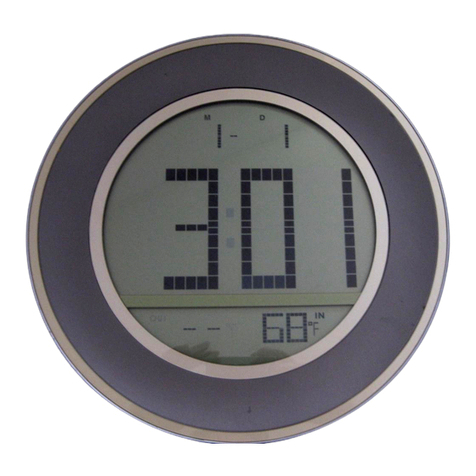
SkyScan
SkyScan 81112 User manual
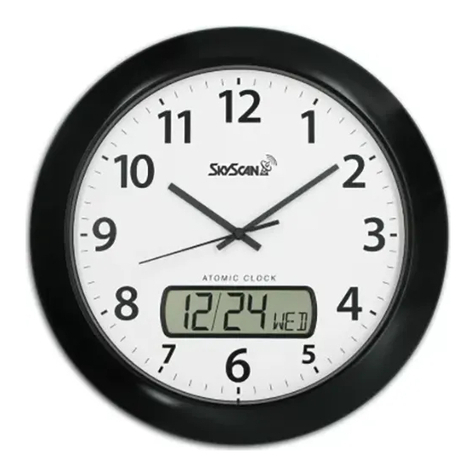
SkyScan
SkyScan 28800 User manual
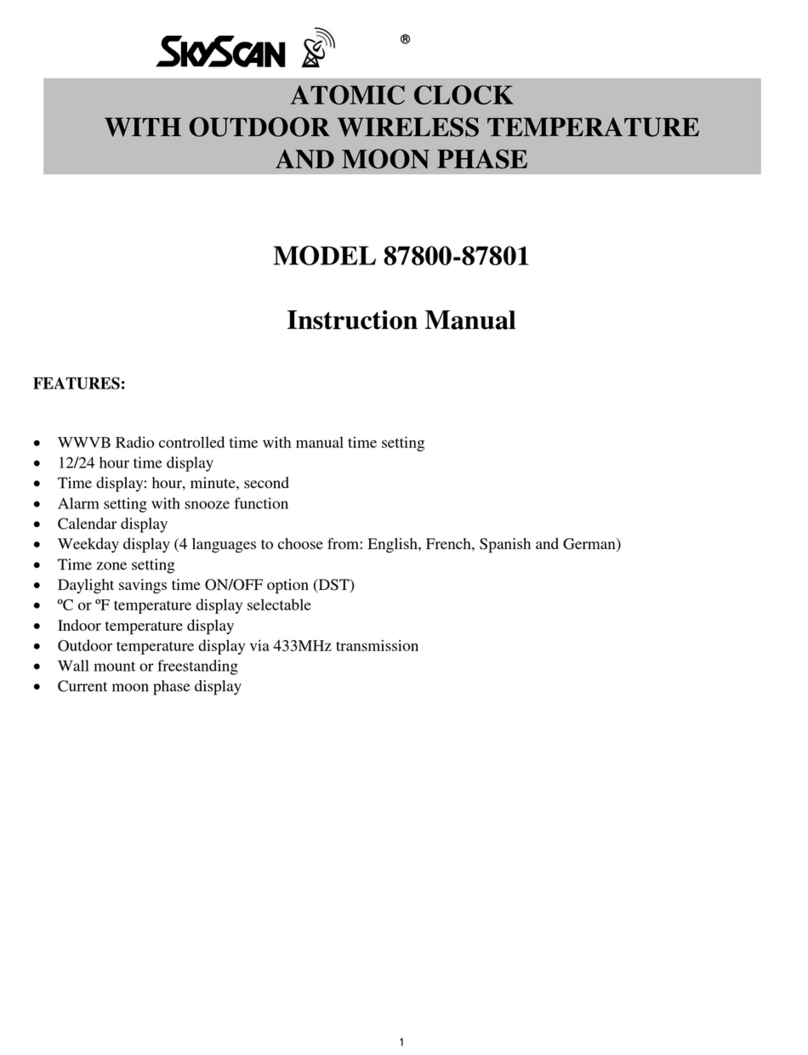
SkyScan
SkyScan 87800 User manual
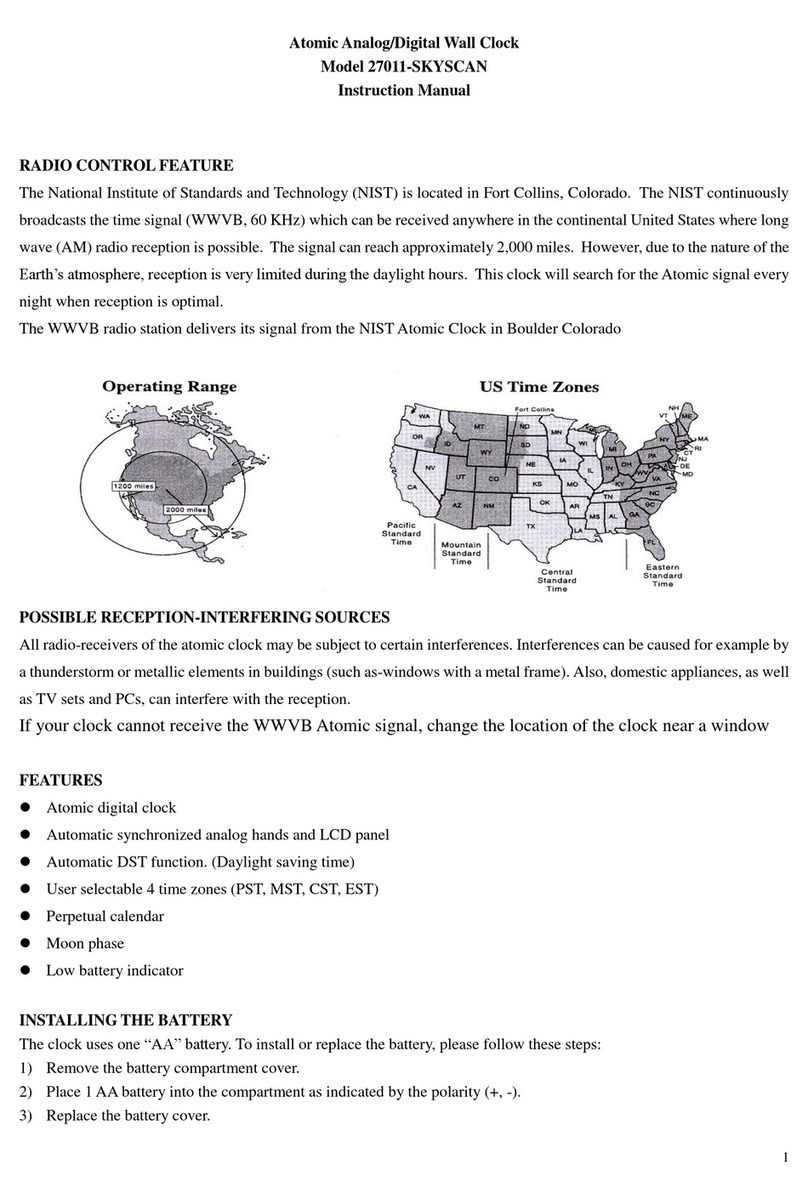
SkyScan
SkyScan 27011 User manual

SkyScan
SkyScan 86730 User manual

SkyScan
SkyScan 88202 User manual
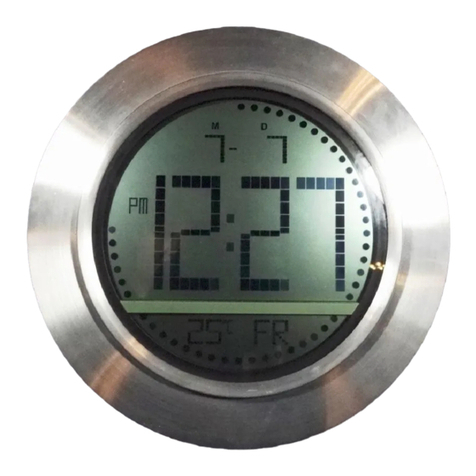
SkyScan
SkyScan 80083 User manual
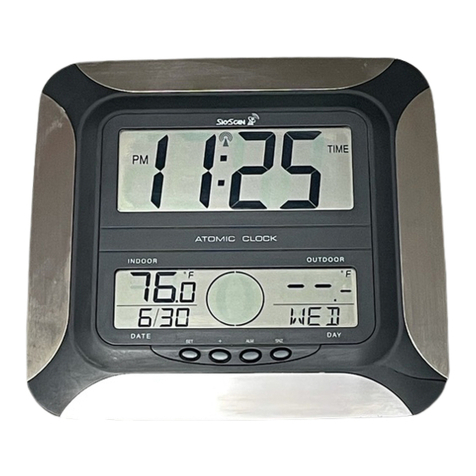
SkyScan
SkyScan 87700 User manual
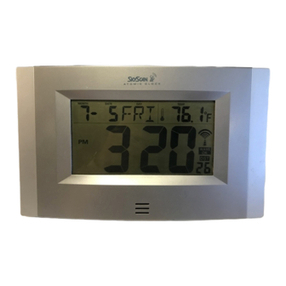
SkyScan
SkyScan 84060 User manual
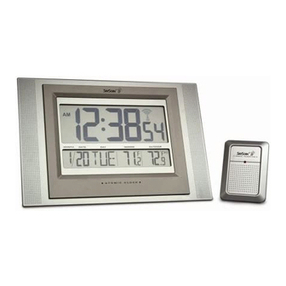
SkyScan
SkyScan 87310 User manual
Popular Clock manuals by other brands
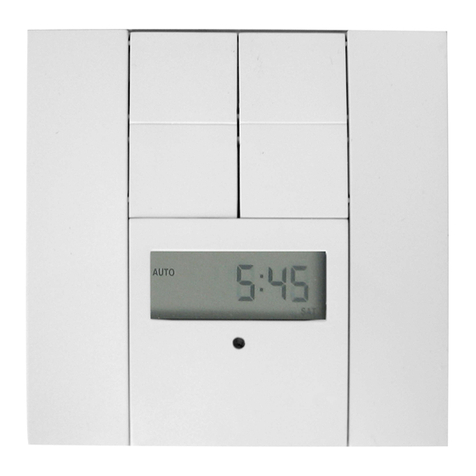
Wise Controls
Wise Controls WISETC4 Simple Instructions

Playcore
Playcore CoLorado TIME SYSTEMS Slim Pace Clock user guide
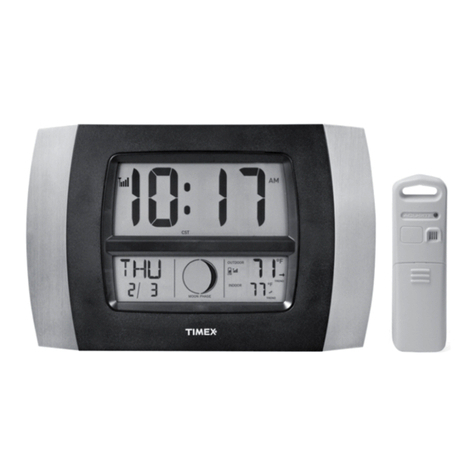
Timex
Timex 75331 instruction manual
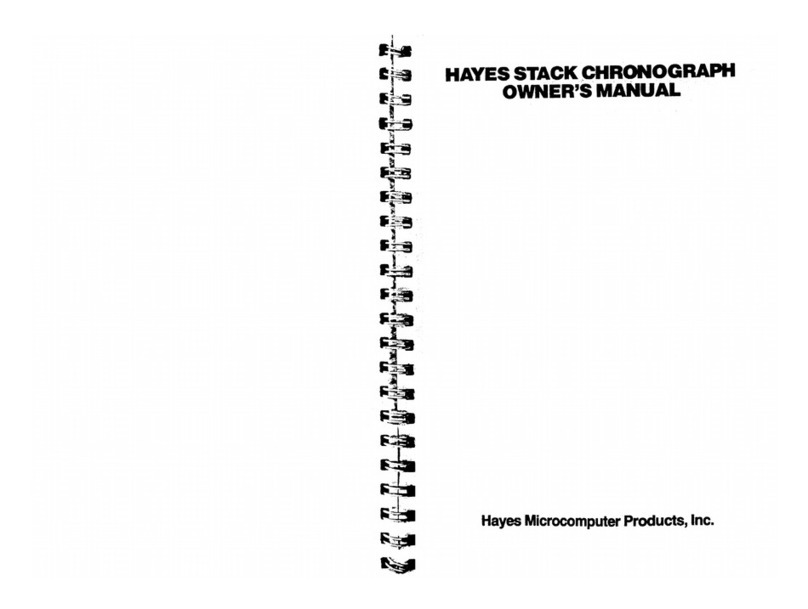
Hayes Microcomputer Products
Hayes Microcomputer Products Stack Chronograph owner's manual

Auriol
Auriol 283736 Operation and safety notes

Howard Miller
Howard Miller 615-052 instructions
